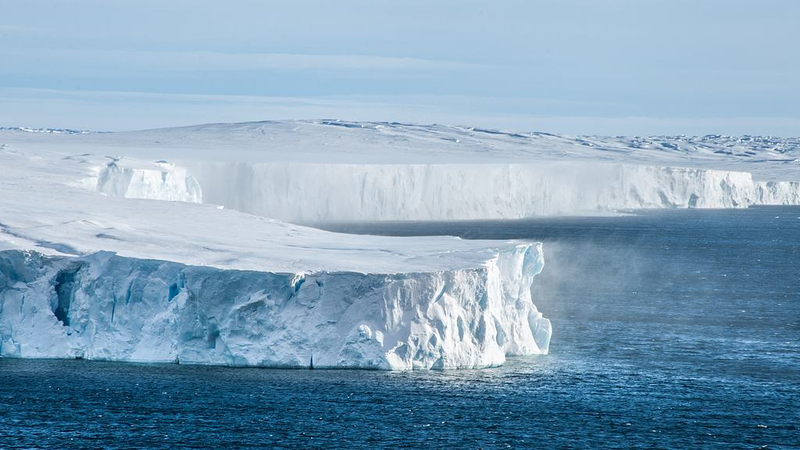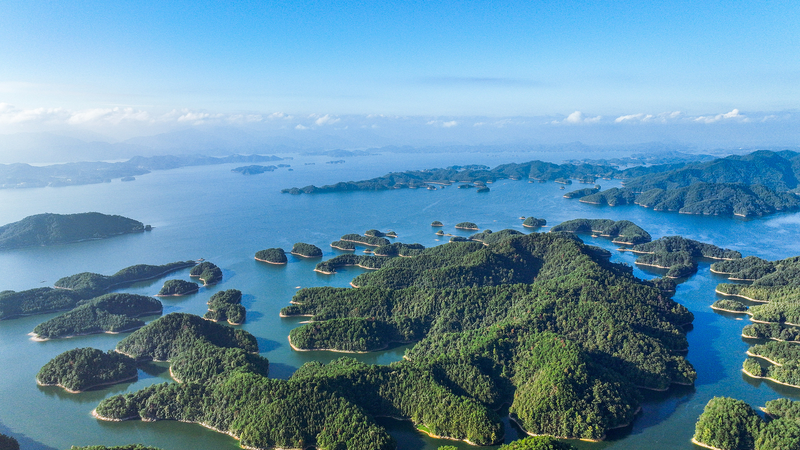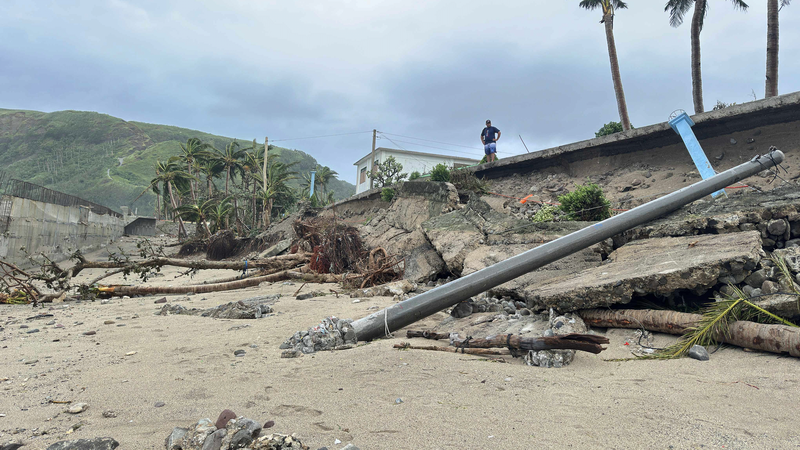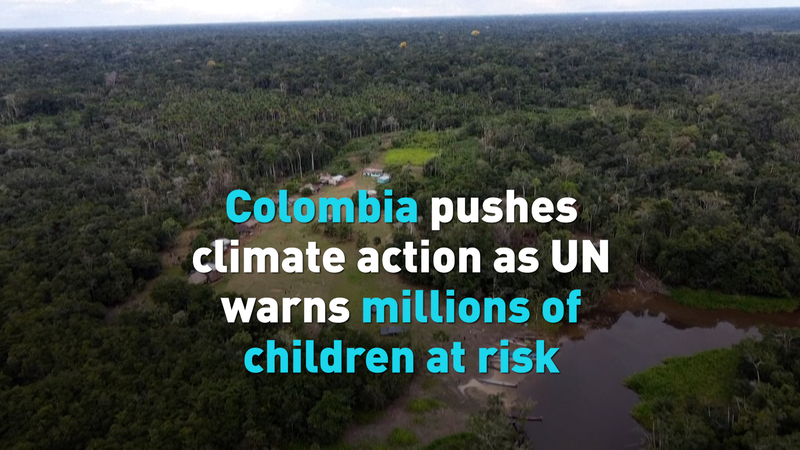Antarctic sea ice has topped out at just 17.81 million square kilometers this winter—its third-lowest maximum in 47 years of satellite monitoring. Researchers at the U.S. National Snow and Ice Data Center at CU Boulder report the ice peaked on September 17, underscoring the growing influence of climate change on our southern pole.
Each winter, the Southern Ocean freezes hundreds of kilometers beyond the continent, typically reaching its maximum in September or October before the thaw begins. This year’s peak trails only the all-time low recorded in 2023 and the second-lowest in 2024, sitting well below the long-term average.
Why it matters: sea ice acts like Earth’s sunshade, reflecting sunlight back into space. When ice cover shrinks, darker ocean waters absorb more heat, fueling a feedback loop that accelerates warming and disrupts global weather patterns.
For globally minded readers—from young activists and entrepreneurs to travelers and tech enthusiasts—these shifting ice limits carry real-world impact. Melting polar ice influences sea levels, ocean currents and extreme weather events, affecting communities from coastal megacities to remote island regions.
As scientists refine their climate models with each new data point, this winter’s record serves as a powerful call to action. Whether through sustainable travel choices, investment in green technologies or advocacy for stronger environmental policies, we all have a role in shaping a cooler future.
Reference(s):
Antarctic sea ice hits its third-lowest winter peak on record
cgtn.com




